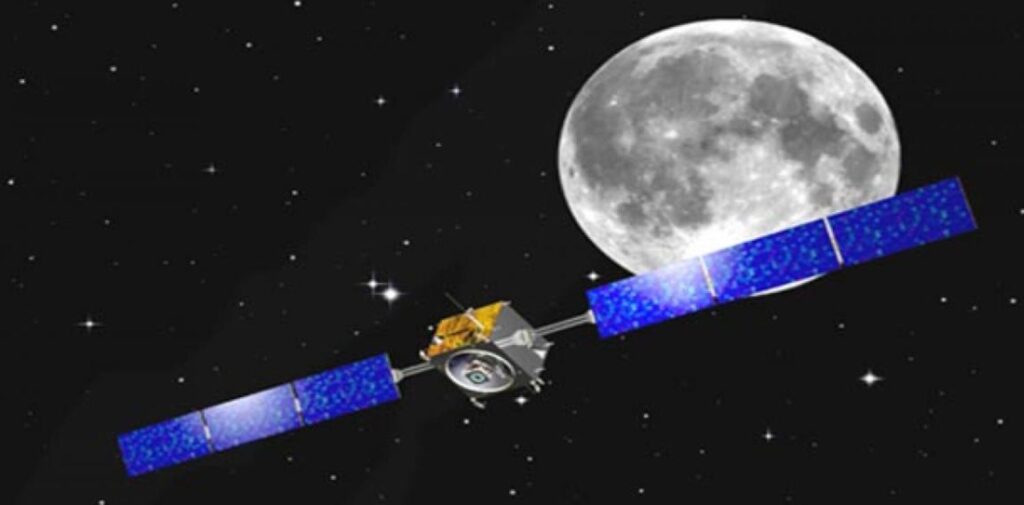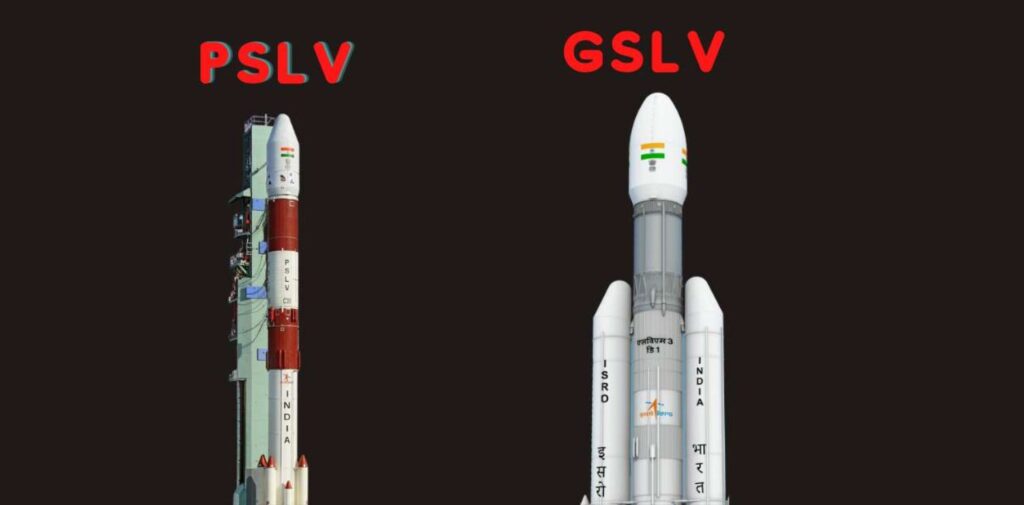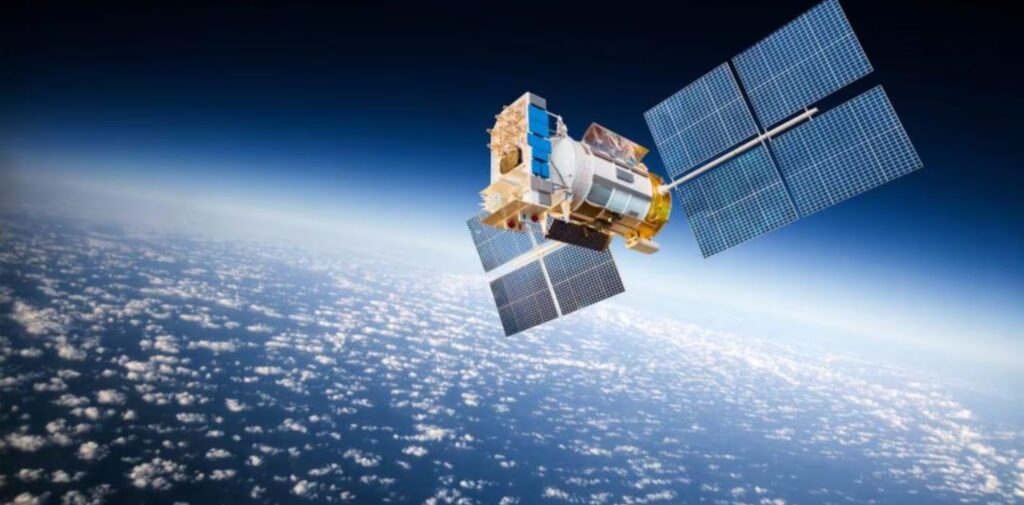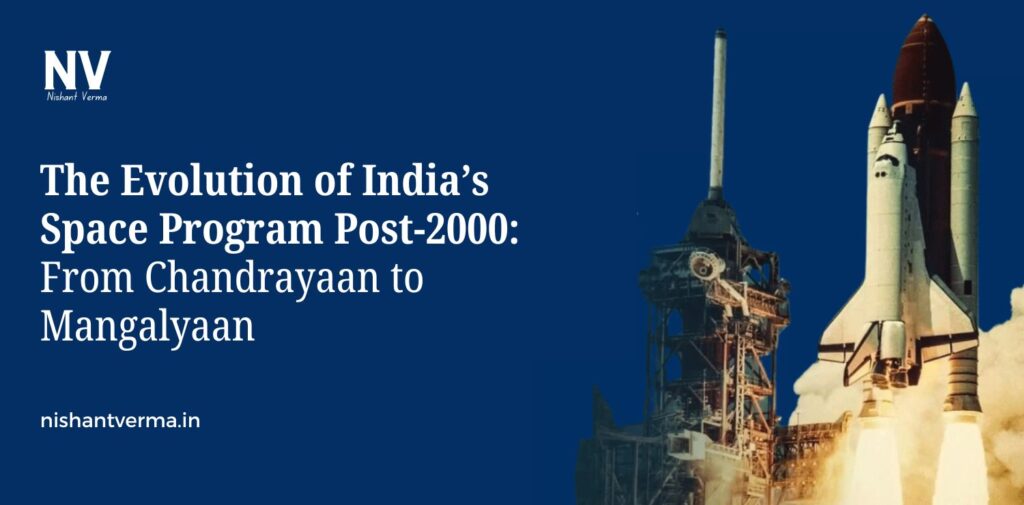India space program has undergone a tremendous transformation over the past few decades. While India’s space journey began in the 1960s with the establishment of the Indian Space Research Organisation (ISRO), the period after 2000 saw the country making groundbreaking advancements in space technology. From launching satellites to exploring the Moon and Mars, India’s space achievements are now recognized globally. In this article, we’ll look at how India space program evolved post-2000, focusing on the major missions, breakthroughs, and the rise of India as a global player in space exploration.
The Early Days: A Foundation Built in the 20th Century
Before diving into the post-2000 era, it’s important to briefly understand where India’s space journey began. In 1969, ISRO was founded under the leadership of Dr. Vikram Sarabhai, a visionary who believed that space technology could be a powerful tool for India’s development. The first major achievement came in 1975 when India successfully launched its first satellite, Aryabhata, from the Soviet Union. The country continued to progress with missions like SLV (Satellite Launch Vehicle) and PSLV (Polar Satellite Launch Vehicle), which laid the groundwork for more advanced missions.
But it was only after 2000 that ISRO began to make significant strides in space exploration, marking the beginning of a new era for India space program.

Chandrayaan-1: India’s First Lunar Mission (2008)
One of the major milestones in India’s space exploration came with the launch of Chandrayaan-1 in 2008. This mission aimed to explore the Moon and study its surface in detail. The Chandrayaan-1 mission was India’s first attempt to send a spacecraft to the Moon, and it was a success.
The spacecraft orbited the Moon and sent back valuable data, including the discovery of water molecules on the lunar surface. This was a groundbreaking achievement that captured global attention, as it provided evidence of water on the Moon—something that was previously unknown. The success of Chandrayaan-1 proved India’s capability in space technology and paved the way for future missions to explore the Moon and beyond.
Key Achievements of Chandrayaan-1:
- Discovered water molecules on the Moon’s surface.
- Sent high-quality images and data about the Moon’s surface.
- Marked India’s entry into deep space exploration.
Mars Orbiter Mission (Mangalyaan): India’s First Mars Mission (2013)
India’s space ambitions soared even higher when ISRO launched its Mars Orbiter Mission (Mangalyaan) in 2013. The mission’s goal was to explore the Martian surface, analyze its atmosphere, and provide crucial data to scientists across the world. What made Mangalyaan especially remarkable was the fact that India became the first country to successfully send a mission to Mars in its first attempt.
Mangalyaan’s success was a significant achievement not only for India but also for the global space community. The mission showcased India’s growing expertise in space technology and its ability to take on ambitious, complex missions. The mission cost around ₹450 crore (approximately $74 million), making it one of the most cost-effective interplanetary missions in history.
Key Achievements of Mangalyaan:
- Successfully entered Mars’ orbit on its first attempt.
- Provided valuable data on the Martian atmosphere and surface.
- Demonstrated India’s ability to undertake complex interplanetary missions.

GSLV and PSLV: India’s Rocket Development
A key component of India’s growing space program is the development of reliable and cost-effective launch vehicles. Two rockets that have played crucial roles in this journey are the Polar Satellite Launch Vehicle (PSLV) and the Geosynchronous Satellite Launch Vehicle (GSLV).
The PSLV became a symbol of ISRO’s reliability and cost-effectiveness. It has been used to launch a wide range of satellites for both India and other countries. Since its first successful launch in 1993, the PSLV has carried out over 50 missions, and its success has made it one of the most dependable launch vehicles in the world.
On the other hand, the GSLV is used to launch heavier payloads into geostationary orbits. One of its significant achievements was the successful launch of India’s communication satellites, which are crucial for enhancing India’s communication, weather forecasting, and remote sensing capabilities.
Importance of PSLV and GSLV:
- PSLV became one of the most reliable and cost-effective launch vehicles in the world.
- GSLV enabled India to launch heavier payloads and expand its satellite capabilities.
- Both rockets have helped establish India as a competitive player in the global space market.
Astrosat: India’s First Dedicated Space Observatory (2015)
India space program further expanded its capabilities with the launch of Astrosat in 2015, India’s first dedicated multi-wavelength space observatory. Astrosat aims to observe the universe in various wavelengths like X-rays, ultraviolet, and visible light. The mission was designed to study distant celestial objects such as stars, galaxies, and black holes.
Astrosat’s success marked India’s entry into the realm of space astronomy. With its state-of-the-art instruments, Astrosat has been able to make significant contributions to our understanding of the cosmos. The mission has not only improved India’s space exploration capabilities but also helped establish ISRO as a major player in space research.
Achievements of Astrosat:
- India’s first dedicated space observatory for multi-wavelength astronomy.
- Provided valuable insights into the study of distant stars, galaxies, and black holes.
- Expanded India’s space research capabilities.

Future Prospects: Gaganyaan and Beyond
India space program continues to evolve, with several exciting missions lined up for the future. One of the most ambitious upcoming projects is Gaganyaan, which aims to send Indian astronauts to space. This human spaceflight program will mark a new chapter in India’s space exploration efforts, showing the world that India is not just capable of launching satellites and robotic missions, but also sending humans to space.
Additionally, ISRO is working on further missions to explore the Moon and Mars, and is even planning to set up a space station in the future. With increasing investments and a growing pool of talented scientists and engineers, the future of India space program looks bright.
Key Future Missions:
- Gaganyaan Human Spaceflight Mission.
- Continued lunar and Martian explorations.
- Plans to establish a space station in the future.
Conclusion: India Space Program
India space program has made remarkable progress since 2000, with a series of successful missions that have earned ISRO international recognition. From the successful Chandrayaan and Mangalyaan missions to the launch of advanced rockets like PSLV and GSLV, India’s achievements in space exploration have been nothing short of extraordinary. The future holds even more promise, with missions like Gaganyaan and the development of a space station pushing the boundaries of what India can achieve in space.
Through its growing space program, India has not only contributed to the global space community but has also demonstrated that with vision, determination, and innovation, even developing nations can make significant strides in the high-tech field of space exploration. As ISRO continues to reach new heights, it is clear that India’s space journey has only just begun.




